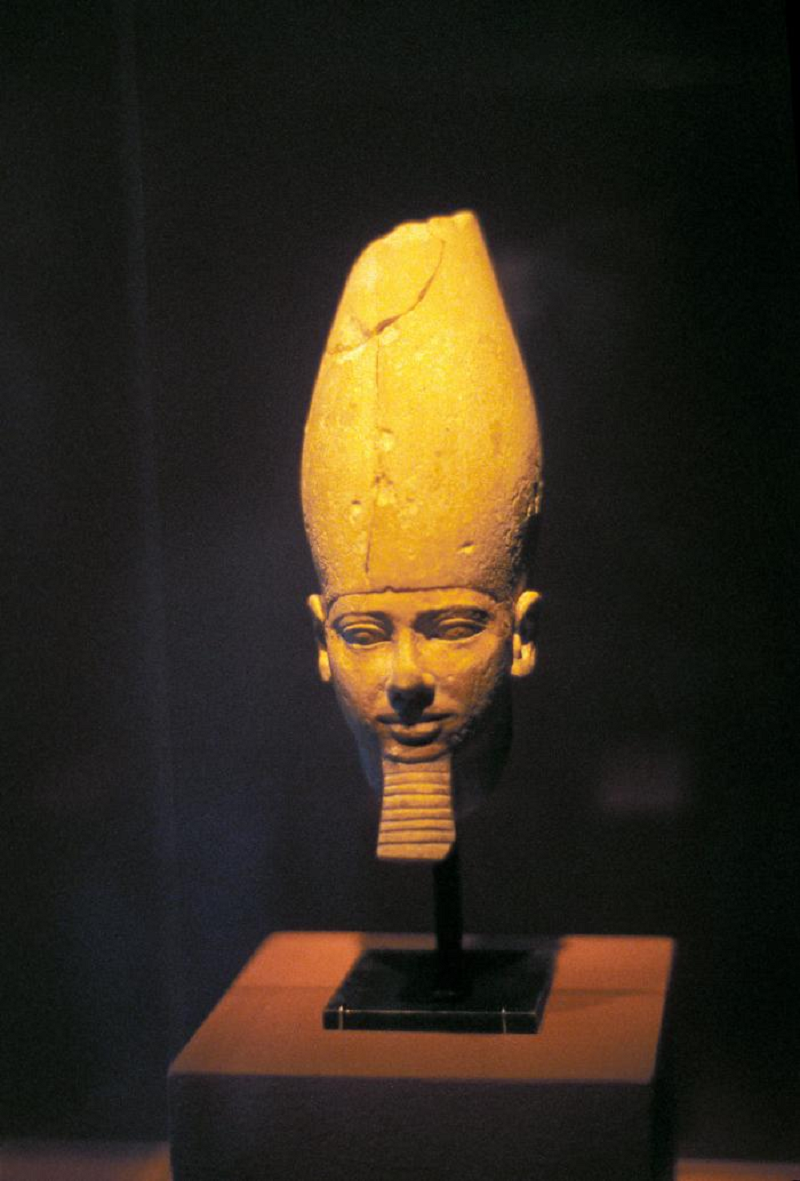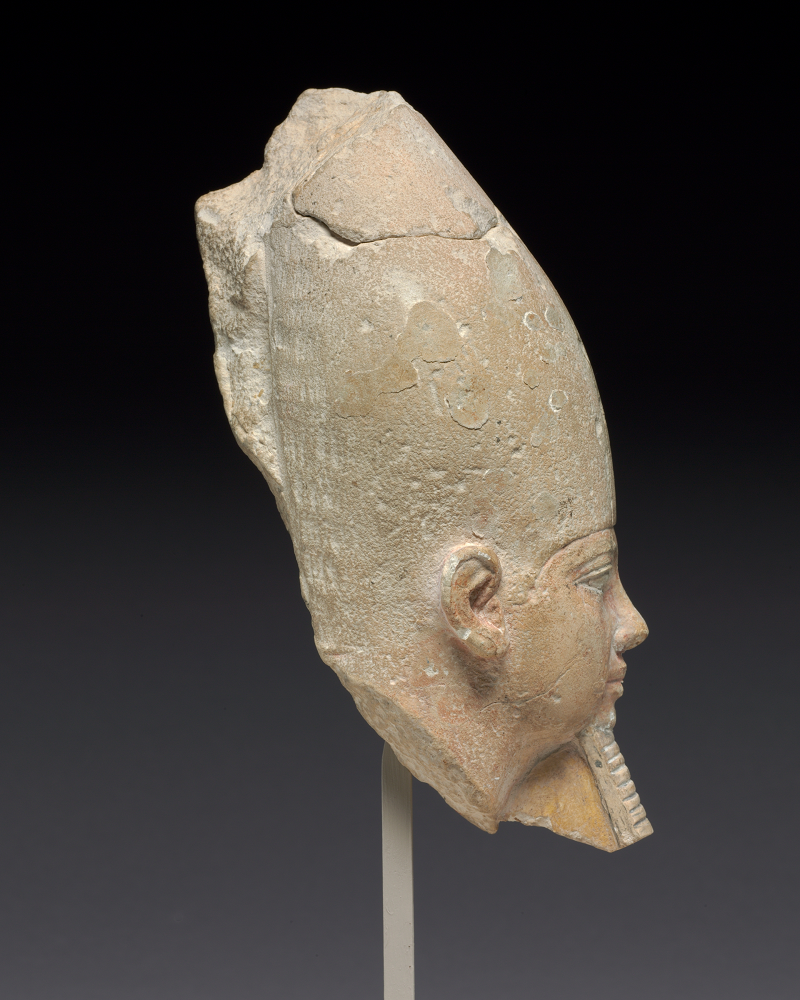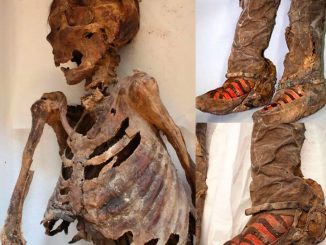In the realm of archaeology, each artifact serves as a portal to the past, offering glimpses into the lives, beliefs, and achievements of ancient civilizations. Among the treasures unearthed from the sands of time, few are as captivating as the Painted Limestone Head of King Userkaf, a relic from Egypt’s Old Kingdom, dating back to the 5th Dynasty, circa 2435–2429 B.C. Currently housed in The Cleveland Museum of Art, this remarkable piece stands as a testament to the enduring legacy of Egypt’s pharaonic dynasties. Join me as we delve into the enigmatic world of King Userkaf and the significance of this intricately crafted artifact.

The Painted Limestone Head of King Userkaf is a striking representation of royal portraiture from ancient Egypt. Carved with meticulous precision, the head captures the likeness of King Userkaf, the founder of the 5th Dynasty and the first ruler of the Old Kingdom’s Pyramid Texts. Despite its age, the craftsmanship of this artifact remains astonishing, showcasing the mastery of Egyptian artisans in their ability to immortalize their rulers in stone.

One of the most captivating features of the painted limestone head is its intricate detailing. From the finely sculpted facial features to the carefully painted eyes, every aspect of the king’s visage reflects a sense of regality and authority. The sculptor has skillfully depicted Userkaf with a serene expression, conveying an aura of wisdom and strength befitting of a pharaoh. Additionally, traces of the original polychrome paint that once adorned the sculpture offer insights into the vibrant aesthetic of ancient Egyptian artistry.

Beyond its aesthetic appeal, the Painted Limestone Head of King Userkaf holds immense historical significance. As the inaugural ruler of the 5th Dynasty, Userkaf played a pivotal role in shaping the political and religious landscape of ancient Egypt. His reign marked the beginning of the transition from pyramid complexes with stepped sides to smooth-sided pyramids, signaling a shift in architectural style that would define subsequent dynasties.
Moreover, the presence of this artifact in The Cleveland Museum of Art speaks to the enduring legacy of ancient Egypt and the global fascination with its rich cultural heritage. The acquisition and preservation of such relics not only serve to educate and inspire but also foster a deeper appreciation for the contributions of ancient civilizations to the tapestry of human history.

Examining the Painted Limestone Head of King Userkaf also offers insights into the religious beliefs and funerary practices of ancient Egypt. Like many pharaohs of his time, Userkaf held divine status, believed to be the earthly manifestation of the gods Horus and Ra. The construction of monumental pyramids, such as the Pyramid of Userkaf at Saqqara, was integral to the pharaoh’s quest for immortality and his journey to the afterlife. As such, artifacts like the painted limestone head served not only as portraits of earthly kings but also as vessels for their eternal spirits.
Conclusion
In conclusion, the Painted Limestone Head of King Userkaf stands as a testament to the enduring legacy of ancient Egypt and the remarkable achievements of its pharaonic dynasties. Through its meticulous craftsmanship and historical significance, this artifact offers a window into a bygone era, allowing us to glimpse the majesty and splendor of Egypt’s royal past. As we marvel at the intricacies of this ancient masterpiece, let us also reflect on the profound impact of ancient civilizations on our understanding of the human experience and the enduring allure of archaeology in uncovering the mysteries of the past.


